Cracking the Rose Code: American Rose Society Defines 18 Types and Colors of Roses
By Jill Brooke
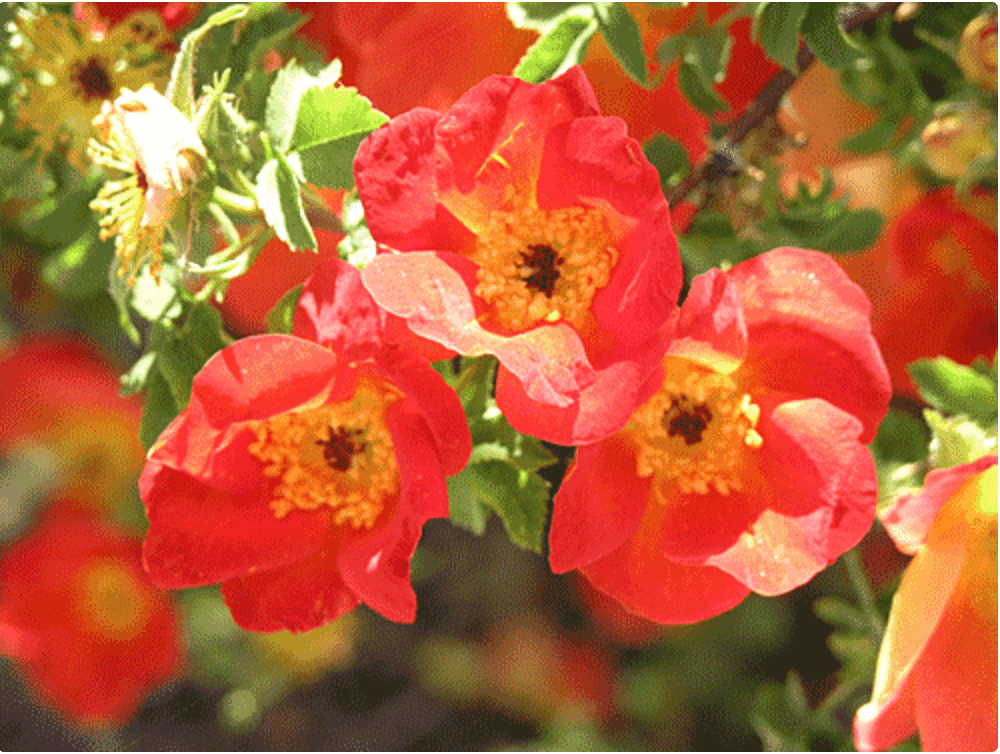
We all love roses. They evoke history, romance, ardor and passion.
As June is the month of the rose, our national flower, we at Flower Power Daily thought it would be fun as well as interesting to teach people about all of its facets.
It all goes back to the goddess of love—Aphrodite—who gave her son Eros (Cupid to the ancient Romans) the most magnificent flower of all. If you take the “E” off Eros’ name and put it at the end, it spells “rose.”
As the American Rose Society points out, roses are among the most versatile of plants. They come in every shape, size and color imaginable with architectural dimensions, both in bloom and plant size. They bloom constantly from early spring to late fall, providing a rich tapestry of color in the garden.
Recommended: American Rose Society Names the Big Winner for Easiest Rose to Grow
As technology has improved, so has the ability to make a wide variety of rose colors—single, bi-color, multi-color, blend, striped as well as hand-painted. They come in all shapes and one rose can have 5 to 50 petals.
The American Rose Society recently approved a new classification scheme that reflects both the botanical and evolutionary progress of the rose.
So here we give you the ABC’s of roses.

THREE MAIN ROSE GROUPINGS
1. Species Roses
Often referred to as “wild roses,” species roses are usually single-petaled (4-8 petals), once-blooming flowers, and have a bush size ranging from 2 to 20 feet. They are listed according to their Latin name, beginning with ‘r’ for ‘rosa’ and can have common names. For example, R. foetida bicolor is also known as ‘Austrian Copper.’
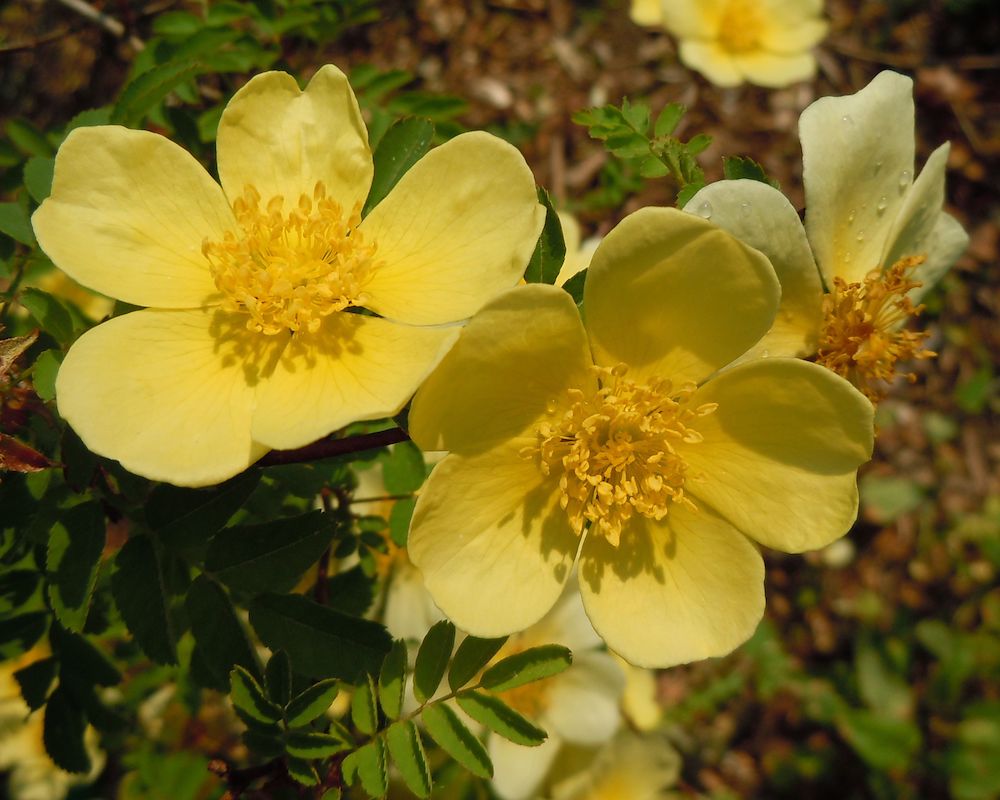
R. Xanthina
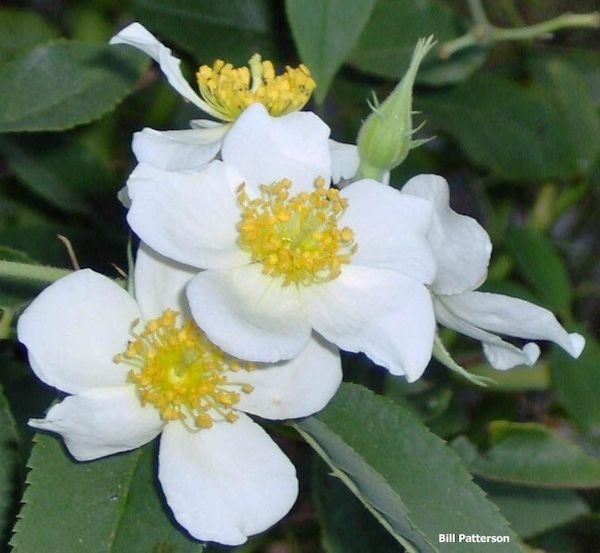
R. Moschata
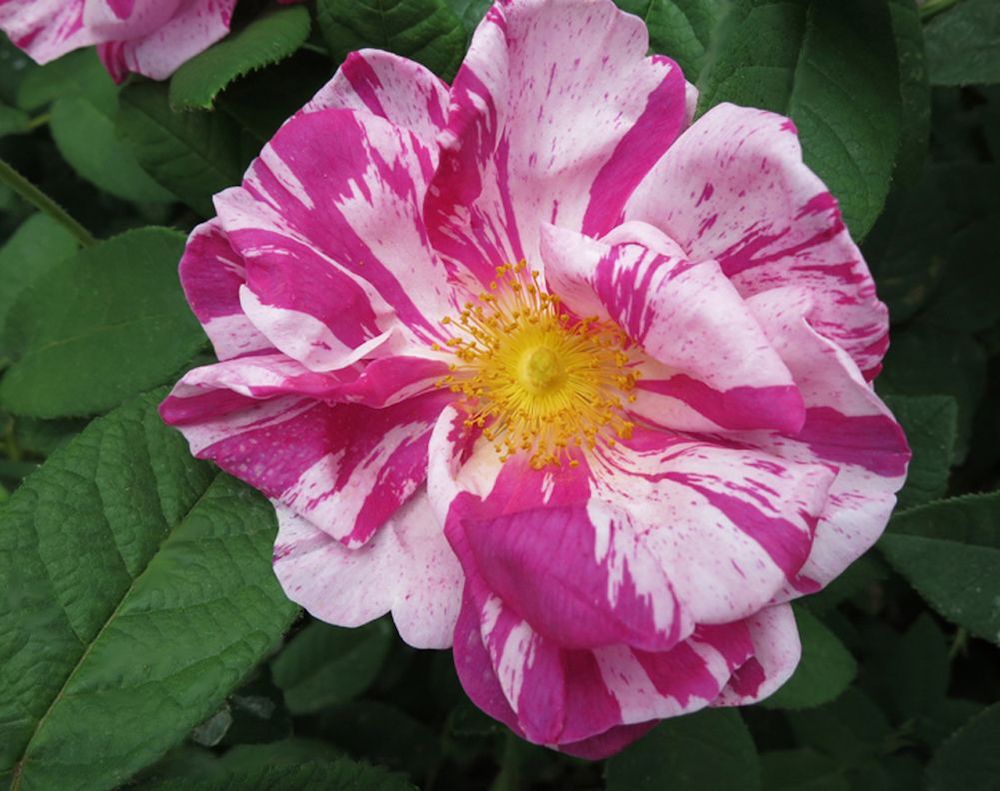
R. Gallica Versicolor
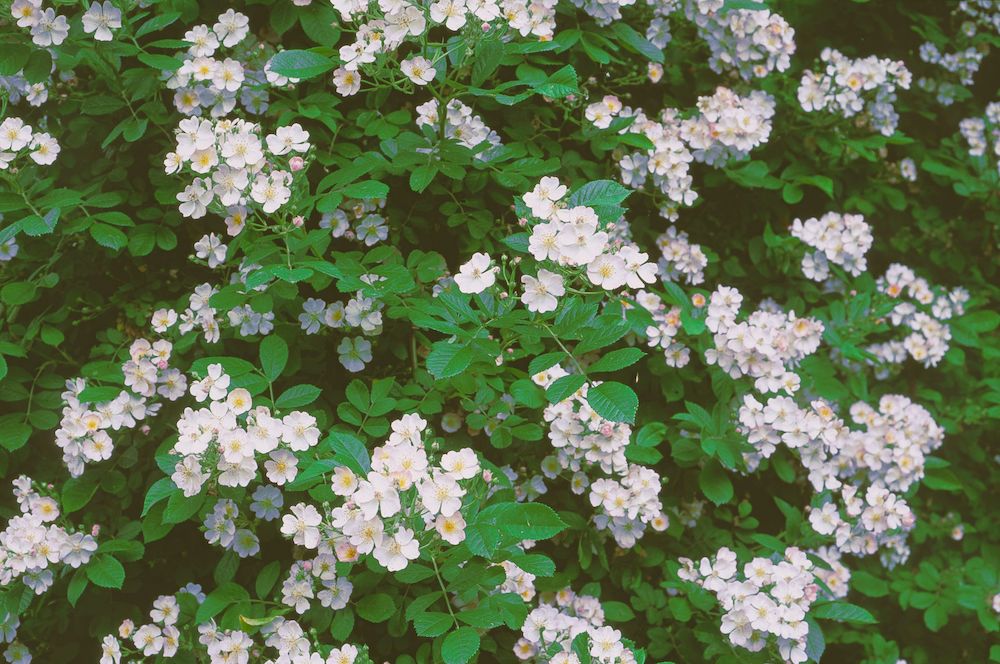
R. Multiflora
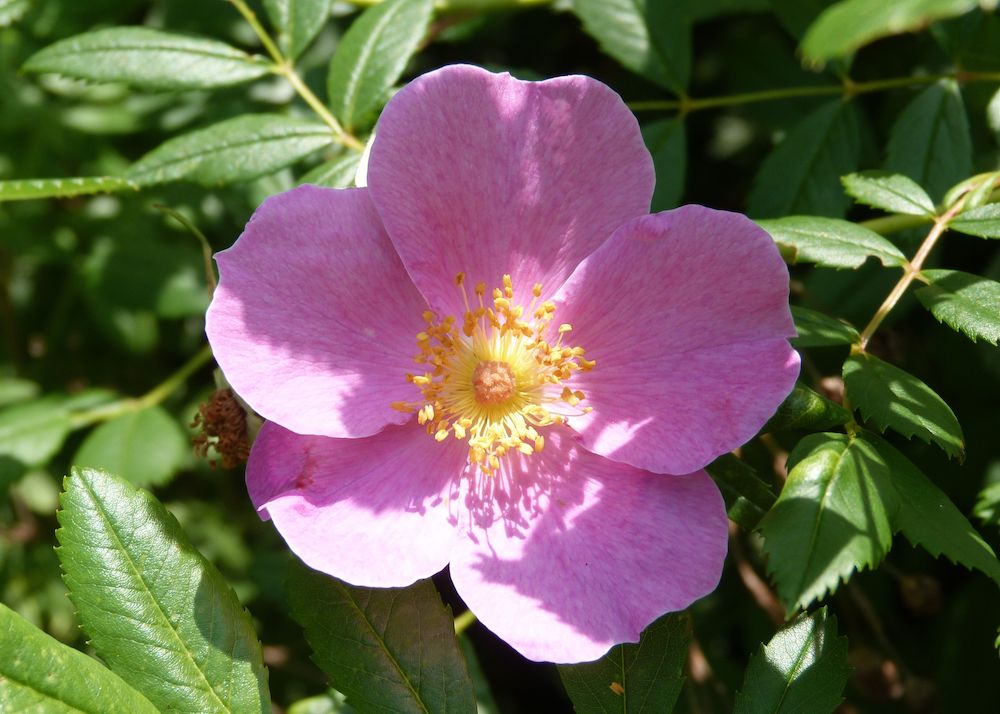
2. Old Garden Roses
In 1966, the American Rose Society defined old garden roses as those types that existed prior to 1867, the year of introduction of the very first hybrid tea, ‘La France.’ Within this generic definition, a number of popular sub-divisions exist based on natural historical developments and characteristics. The flower form can be quartered, cupped, imbricated or expanded, reflexed, globular or compact. After an initial spring crop of blooms, some varieties may produce no more flowers the rest of the year, but their production does add a different kind of beauty to the garden. The beauty of the old garden roses often lies in the heavy fragrance they can impart to the garden.
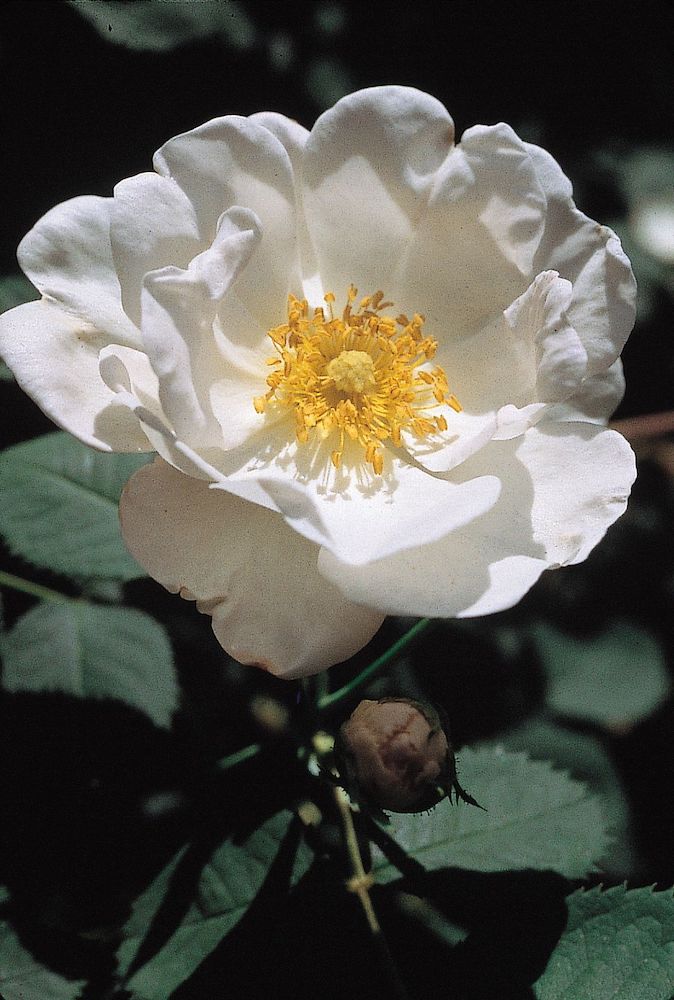
The most popular classes of old garden roses:
Alba
Known as “white roses,” these plants are upright, often climbing, have dense blue-green foliage and are disease-resistant.

Ayrshire
This group of climbing, sprawling roses originated in Scotland and are once-blooming flowers.
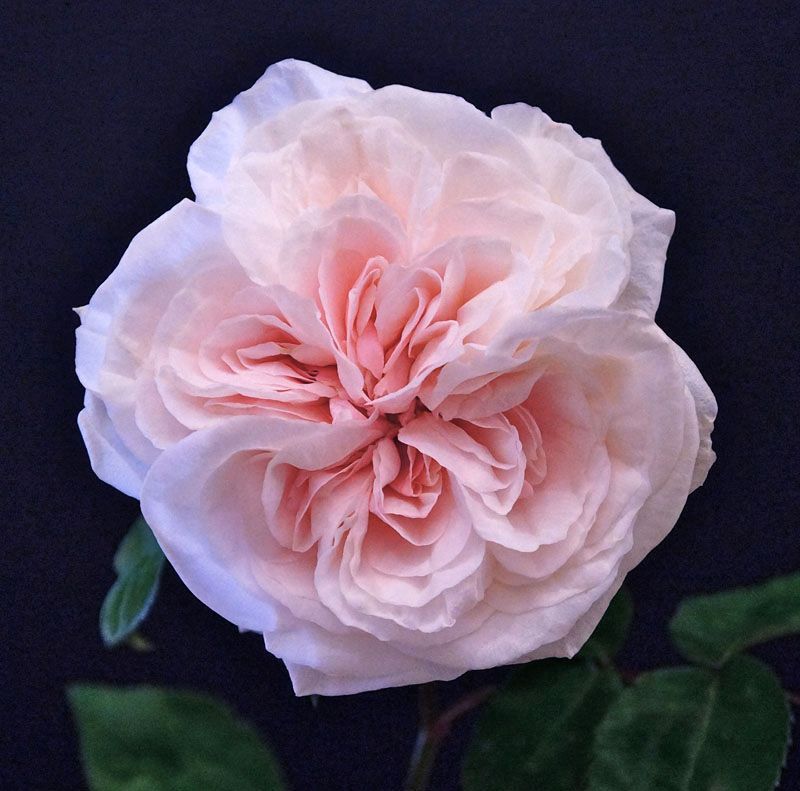
Bourbon
Developed from the hybrid chinas, these were the first repeat-flowering roses. They derive their name from the location of the first members of the class, the Ile de Bourbon in the Indian Ocean. Plant size can range from 2 to 15 feet tall. Repeat blooming.
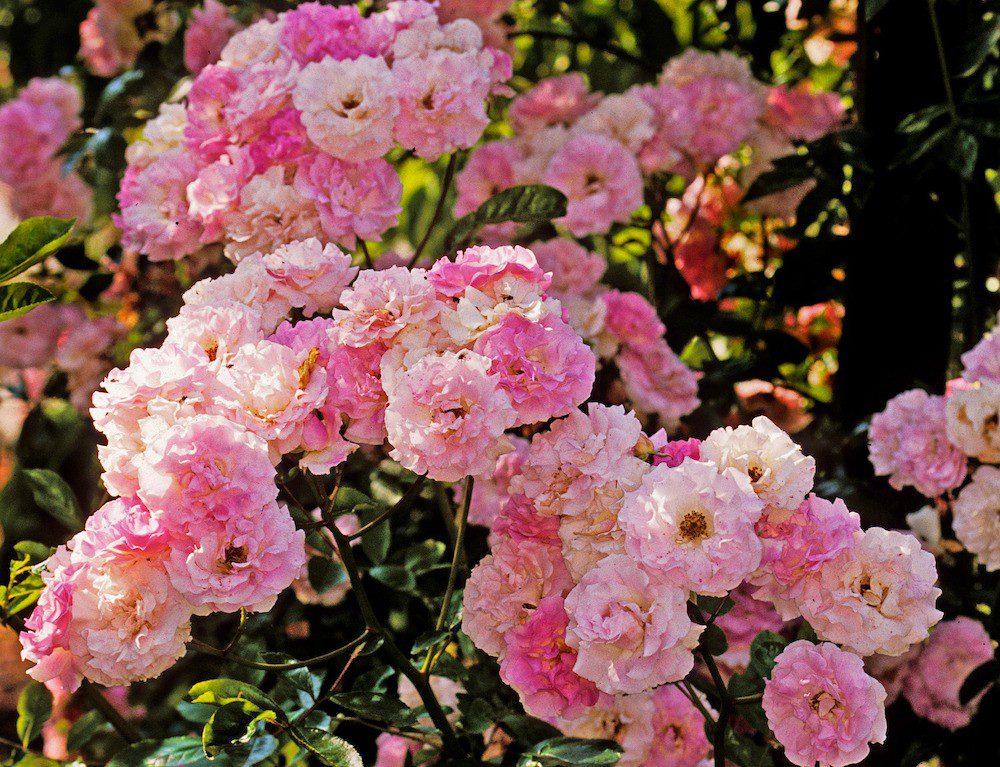
Boursault
This is a small group of thornless rambling-type, once-blooming roses developed by the French gardener who gave his name to the class.

Centifolia
These Dutch hybridized roses derive their class name from the fact that the flowers often contain more than 100 petals. Plants are 4 to 8 feet tall, winter hardy, and are once-blooming. They are also referred to as “cabbage roses” and are featured in Dutch flower paintings of the 17th century.

China
This group’s most important characteristic is its ability to repeat bloom. The plants are variable in height, with relatively few thorns. They are generally winter-tender, not surviving well below USDA zone 7. The flowers tend to be borne in small clusters. China roses originated in Southeast Asia and are one of the most important historical groups of roses.

Damask
These roses are best known for their intense heavy fragrance. Plants generally range in size from 3 to 6 feet. Some varieties are repeat blooming.
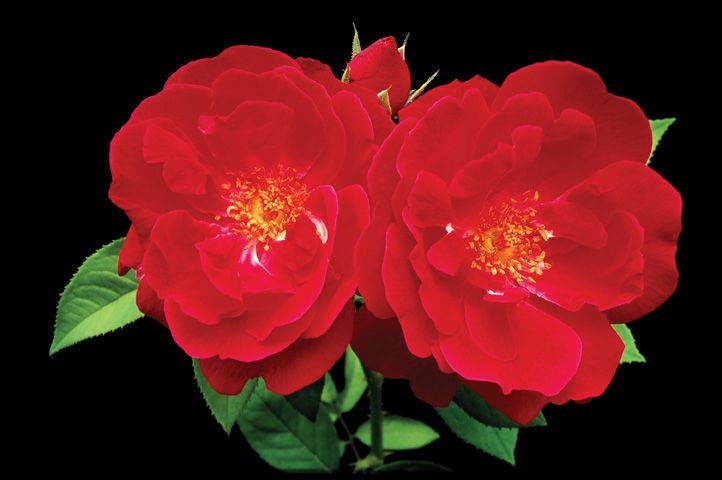
Hybrid China
These plants are generally small, ranging from 2 to 3 feet tall, and are repeat blooming. Stems are often too weak to support the clusters of blooms, which have a spicy fragrance. Plants are not hardy and require winter protection in cold climates.
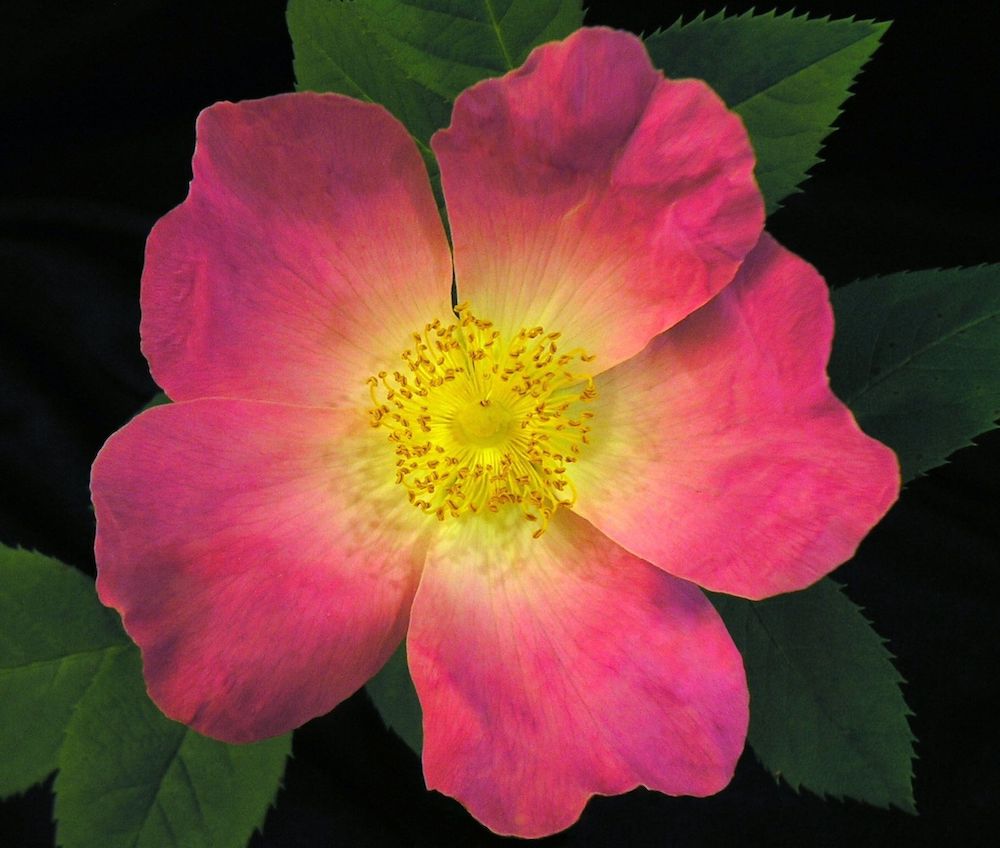
Hybrid Gallica
These plants are small, 3 to 4 feet tall, and are winter hardy. Blooms are fragrant, come in brilliant colors, and are once-blooming.
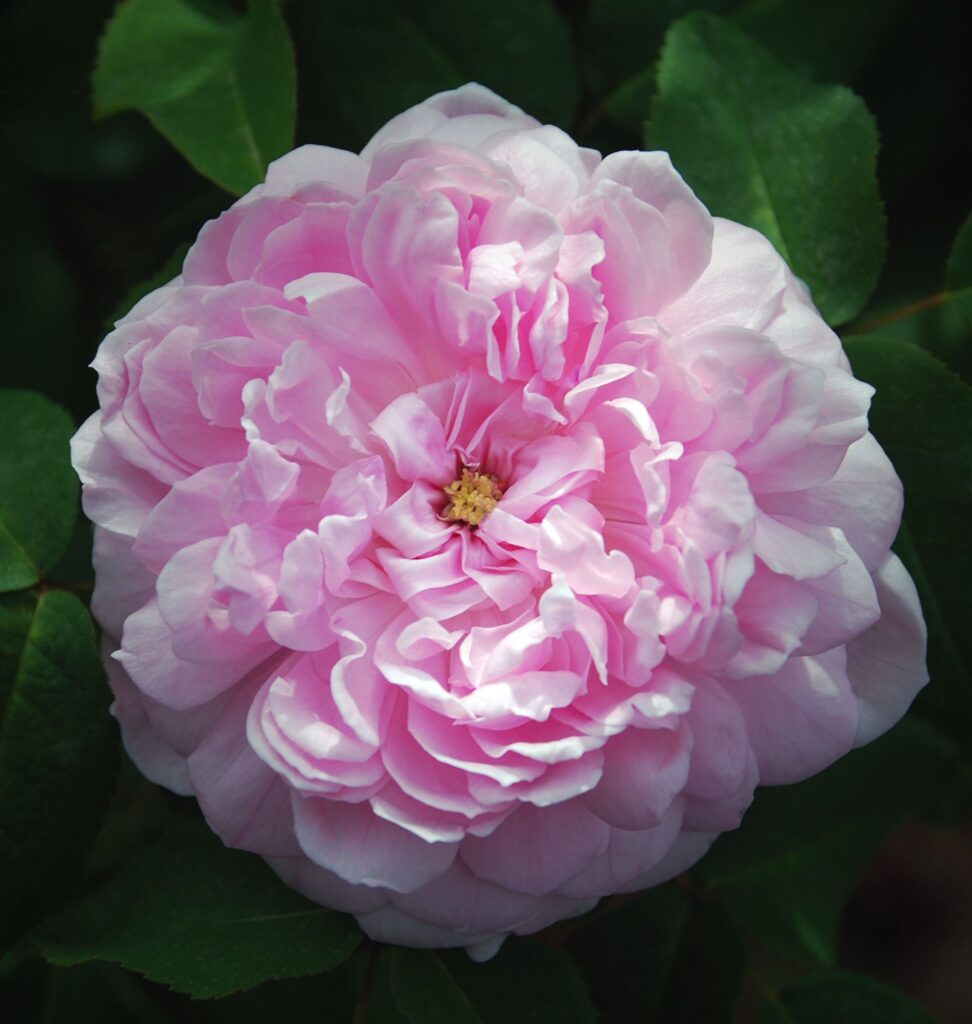
Hybrid Perpetual
Popular during the 19th century, these roses are characterized by their repeat bloom, plant size (about six feet tall, upright), fragrance, and color range (mostly pinks and reds).
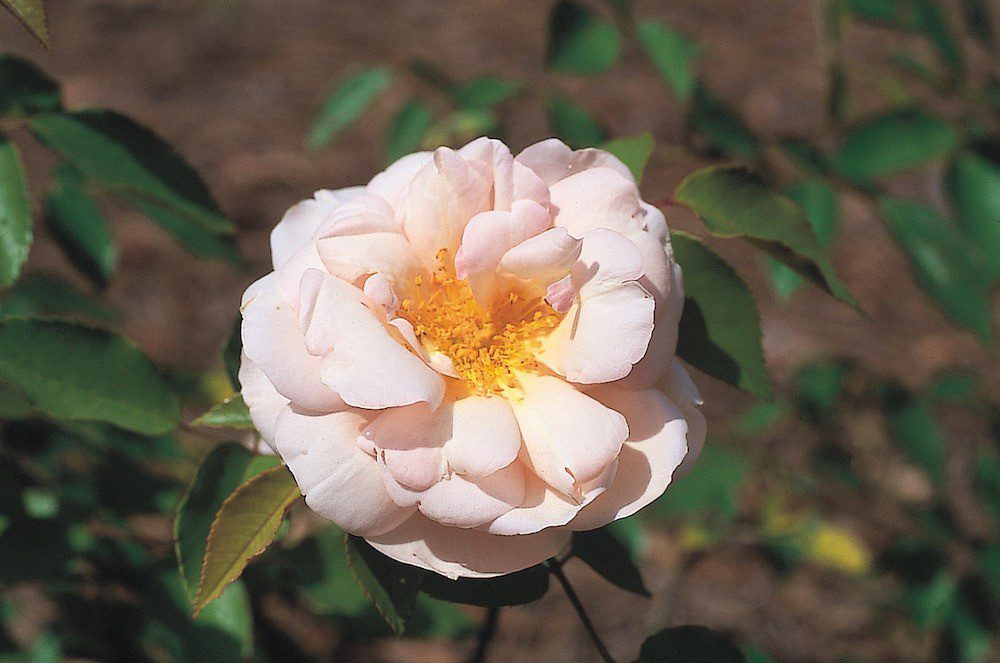
Noisette
This classification originated in the United States by Philippe Noisette of Charleston, SC, who later introduced them in France when he moved there in 1817. Plants are large and sprawling, often reaching up to 20 feet tall. Blooms are produced in fragrant clusters.

Portland
This small group of roses was derived from crosses involving hybrid gallica, damask, centifolia, and hybrid china. They are small in stature, usually 4 feet tall, repeat blooming and have very short peduncles. This class was named in honor of the Duchess of Portland.
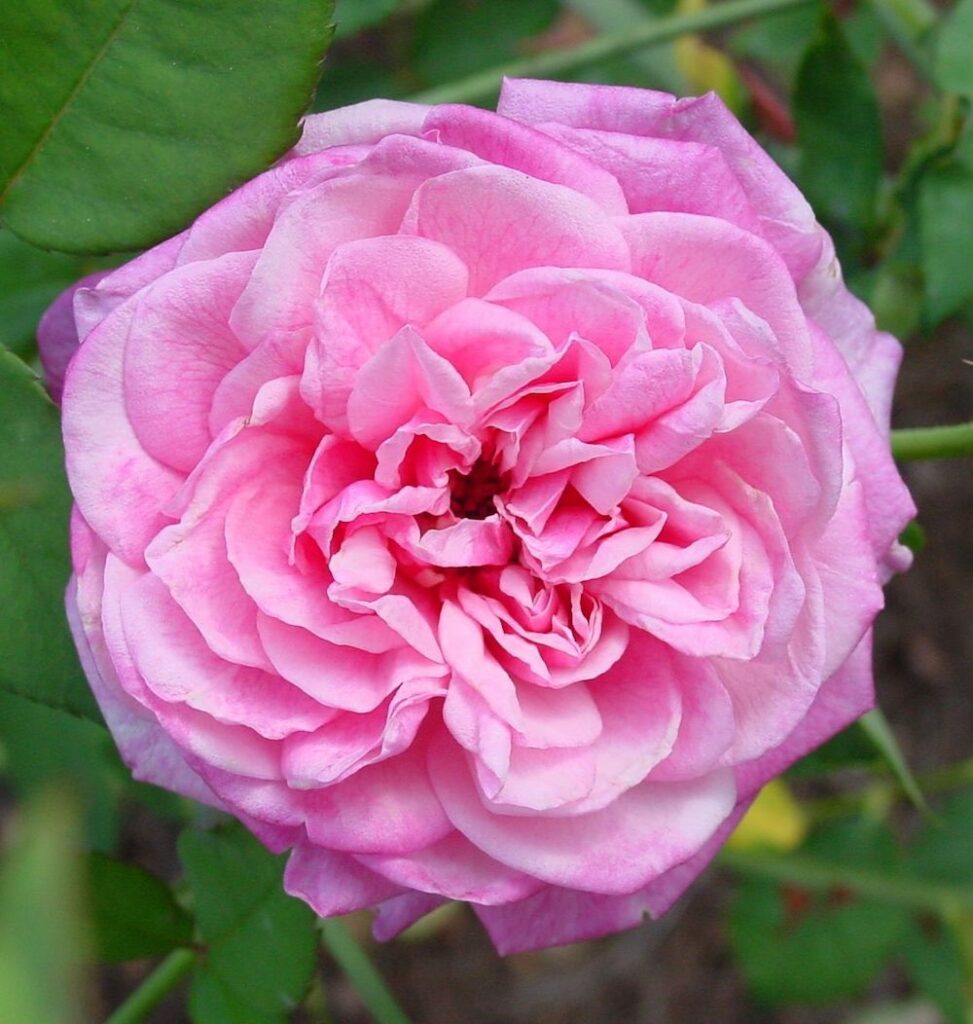
Tea
Characterized as variable in height, with some of the best cultivars being Climbing Teas. Teas have large blooms on weak stems, resulting in drooping, or nodding, flowers. This group is one of the immediate ancestors of the modern Hybrid Tea. Tea roses are relatively winter-tender. They grow best when only lightly pruned.
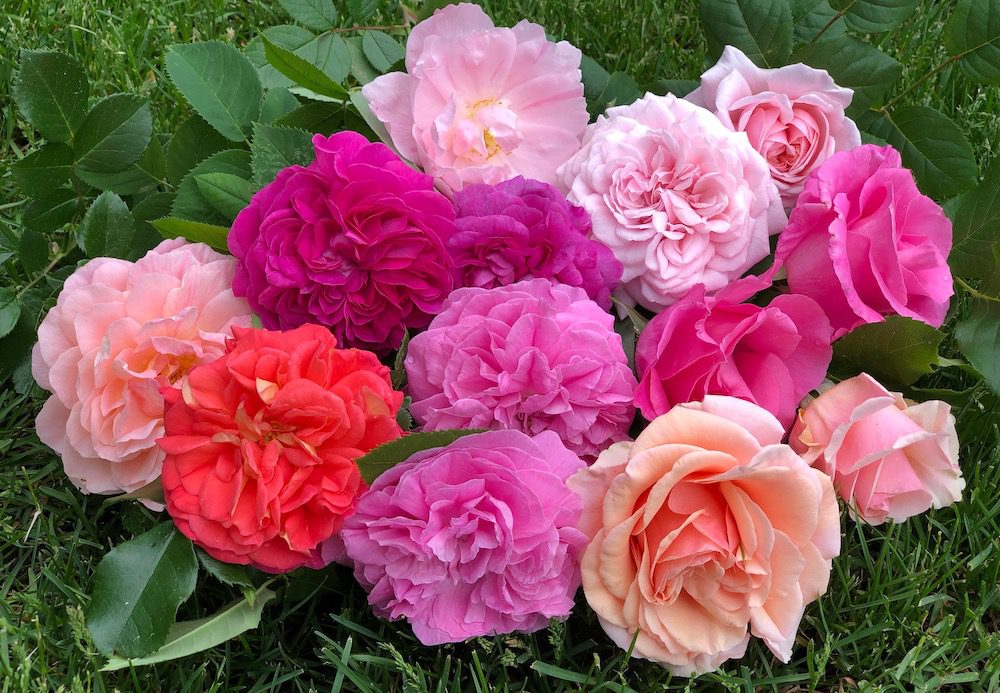
3. Modern Roses
The era of modern roses was established in 1867 with the introduction of the first hybrid tea, ‘La France,’ by the French breeder Guillot. This variety was considered unique for a number of important horticultural reasons.
First, it possessed the general habit of a hybrid perpetual as well as the elegantly shaped buds and free-flowering character of a tea rose. By the late 20th century, more than 10,000 hybrid teas had been bred with great success.
Recommended: The 12 Most Fabulous and Fragrant David Austin Rose Bushes
The introduction of La France heralded the era of modern roses. Breeders were quick to recognize that planned parenthood could evolve new flower forms, sizes, growth habits and colors. Therefore, the following new classifications based on growth habits evolved.
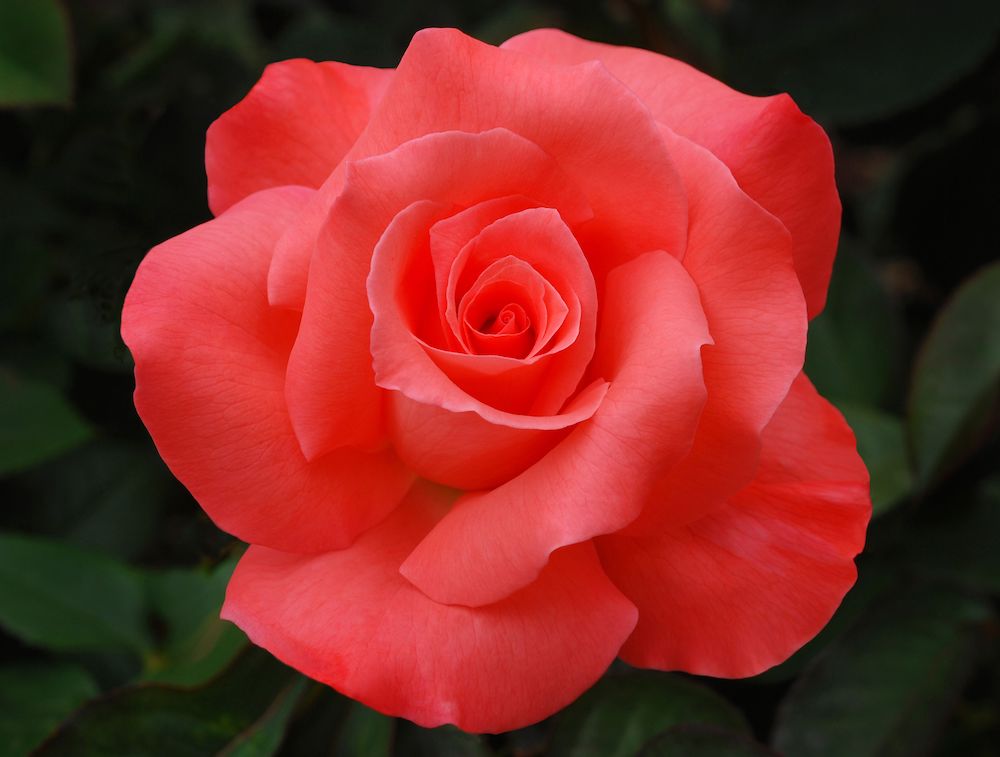
Hybrid Tea & Grandiflora
Perhaps the most popular class of modern roses is the hybrid tea, easily recognized by the large shapely blooms containing 30 to 50 petals. Flowers are borne on long stems either singly or with several side buds. In 1945, the ‘Peace’ rose heralded the modern era of the elegantly formed hybrid teas. So dramatic was the overwhelming public acceptance and praise accorded this variety that its place in history was instantaneous. Since 1945, many thousands of new hybrid teas have been bred and introduced.

In 1954, the introduction of a rose bred from crossing the hybrid tea ‘Charlotte Armstrong’ with the floribunda ‘Floradora’ resulted in a carmine-rose and dawn pink variety. It displayed not only the characteristics of a hybrid tea but also the ability to bear clusters or trusses and grow to a commanding height of 6 to 8 feet or more. To accommodate this variety, the class of Grandiflora was born. ‘Queen Elizabeth’ had the distinction of being the very first member of this class.
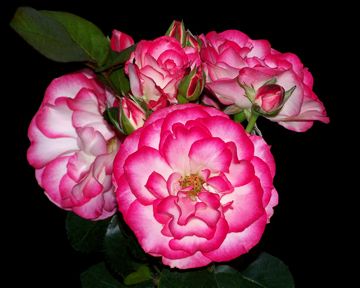
Floribunda & Polyantha
Second, only to the hybrid tea and Grandiflora in popularity, the floribunda is characterized by its profuse ability to bear flowers in large clusters or trusses with more than one bloom in flower at any one time. This class is unrivaled for providing massive, colorful, long-lasting garden displays. The distinct advantage of the floribunda is its ability to bloom continually whereas the hybrid tea exhibits a bloom cycle every six to seven weeks. Floribundas as a class are hardier, easier to care for and more reliable in wet weather than their hybrid tea counterparts.

Polyanthas are generally smaller but sturdy plants with large clusters of small 1-inch diameter blooms often used for massing, edging and hedges.
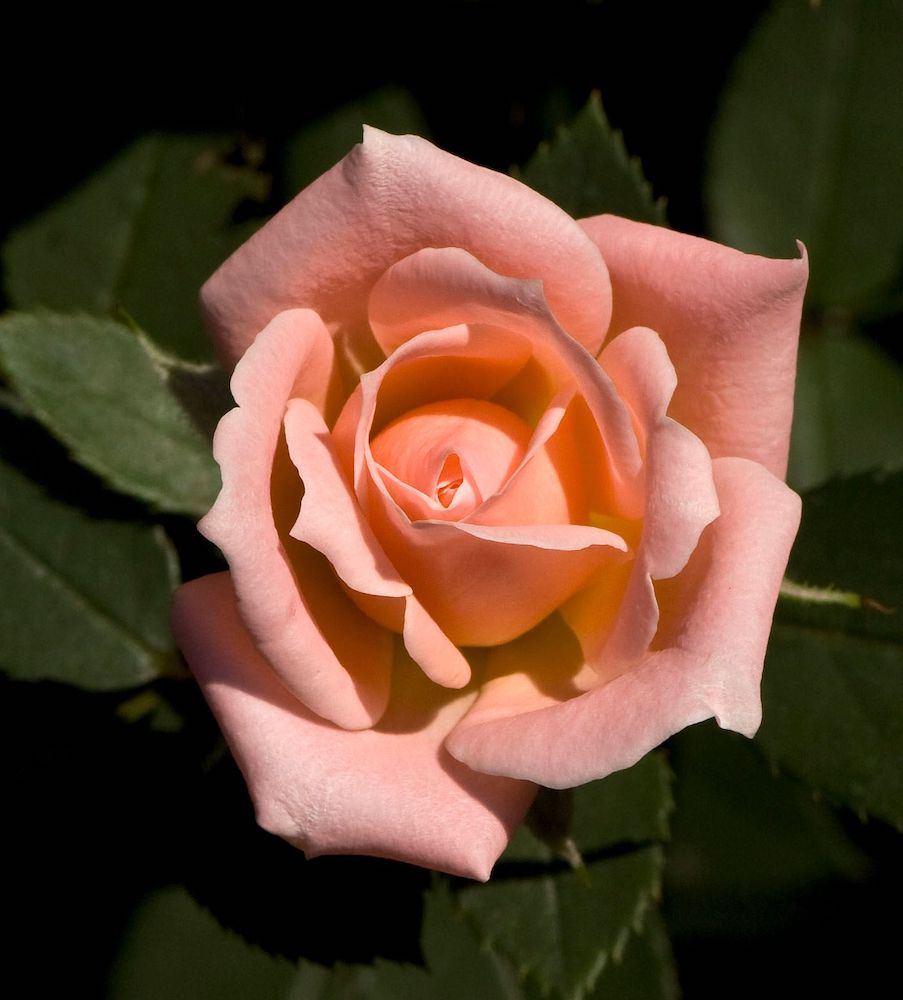
Miniature & Miniflora
These classes have increased in popularity due to their novelty and versatility. They can be used for edging beds, growing in containers and rockeries or even for taking indoors as temporary pot plants for decoration. The height of the average plant is about 15 to 30 inches, and flower form and foliage are indeed miniature versions of both hybrid teas and floribundas.
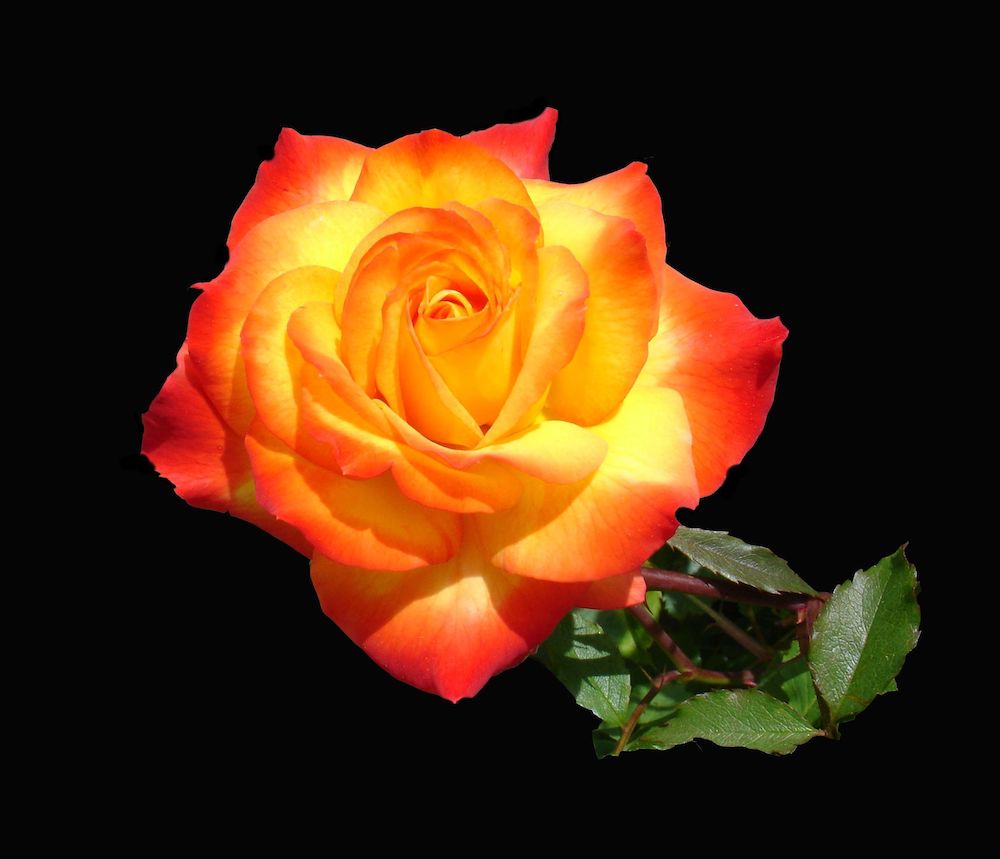
Miniflora roses are a new classification adopted by the ARS in 1999 to recognize another step in the evolution of the rose, intermediate bloom size and foliage falling between miniatures and floribundas.

Shrub (Classic & Modern)
Shrubs are easily characterized by their sprawling habit. There are five popular subdivisions within the class: hybrid kordesii, hybrid moyesii, hybrid musk, hybrid rugosa and shrub. They can grow from 5 to 15 feet or more in every direction given the correct climate and growing conditions. Noted for their hardiness, they are usually vigorous and produce large quantities of clusters of flowers.
The unique group of roses hybridized by David Austin (often called English Roses) belong to this class. They resemble old garden roses in shape and form but are recurrent bloomers and often have fragrances.
COLOR WHEEL
Last but not least, here are the shades in the rose color wheel. Use these to show off your knowledge when referencing roses in conversation:
w: white, near white & white blend
ly: light yellow
my: medium yellow
dy: deep yellow
yb: yellow blend
ab: apricot & apricot blend
ob: orange & orange blend
op: orange-pink & orange-pink blend
or: orange-red & orange-red blend
lp: light pink
mp: medium pink
dp: deep pink
pb: pink blend
mr: medium red
dr: dark red
rb: red blend
m: mauve & mauve blend
r: russet
We want to thank the American Rose Society for this helpful information and their mission to encourage people to grow and love roses.
Hopefully, this has helped you crack the code so you understand the language of roses and can enjoy.
![]()
Photo credits: All images courtesy of the American Rose Society
